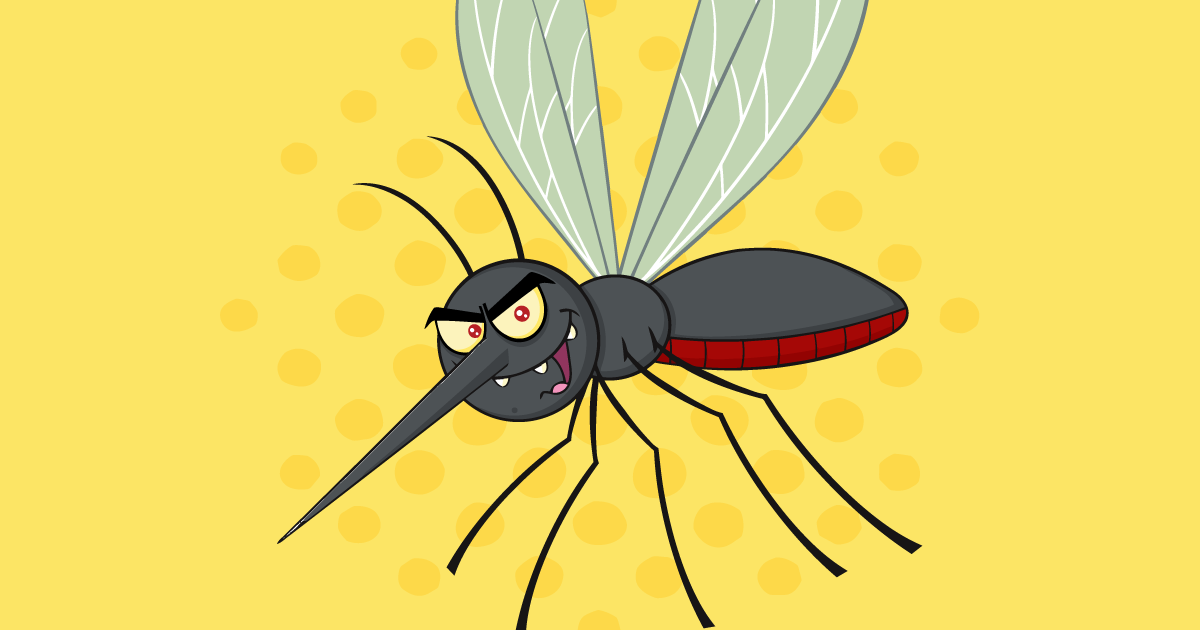
What is the Zika Virus?
The Zika virus is the most recent sickness to make its rounds. The virus is carried by mosquitos, and spread by their bites. More specifically, the virus is spread by the Aedes species of mosquito. This species of mosquito is very adaptable, and lives in all subtropical, tropical, and temperate climates. There are two types of the Aedes species; Aedes aegypti and Aedes albopictus. Both of these species are present in the United States. However, the albopictus species trends further north; into southern Minnesota, as well throughout Illinois, Indiana, Ohio, and as far as New Hampshire on the east coast. The aegypti species tend to stay further south, although it does stretch into the mid-western states, albeit not as extensively as its counterpart.
Symptoms of the Zika Virus are fever, rash, joint pain, and red eyes. The sickness can last anywhere from two days to a week in duration. The symptoms of Zika are actually quite mild, and people rarely are hospitalized. Actually, some people fail to realize they are even infected after being bitten. The virus is not typically a fatal disease.
So what is the danger of Zika?
The effects of the Zika virus on an infected individual are similar to the flu, or a bad cold. However, Zika poses a unique threat to pregnant women. During pregnancy, if the mother is infected, the baby can contract the virus from its mother. Zika has been linked to a severe brain defect called microcephaly, in addition to a variety of other serious brain defects in newborn babies. This is what makes Zika virus so dangerous. Mothers may never know they are infected, yet the virus can have lasting consequences on their unborn child.
What about Zika in the workplace?
Employees working in any environment where the Aedes mosquito lives are at risk of contracting the Zika virus. However, outdoor workers are the most susceptible. The summer months are around the corner, and landscapers, construction workers, tree-trimmers, farmers, and other manual laborers will be out in force. Employers need to make their employees aware of the threat Zika poses. Not only to individuals, but also to unborn children. In addition, individuals who work in healthcare may be exposed to hazardous bodily fluids.
How can exposure be limited?
Limiting exposure to the Zika virus should be a priority, especially for companies that require outside work from employees. Actions should be taken to reduce the chances of mosquito bites while outdoors. Mosquito repellant should be worn, while long pants and long sleeves should be encouraged. During the summer heat it may be difficult to convince workers to wear constricting clothing. Yet, it should be stressed that it is crucial to reduce the risk of Zika exposure. Make sure sources of standing water are disposed of, and not left to sit for extended periods of time. Mosquitos lay their eggs in stagnant waters, and letting water sit will only inflate mosquito numbers.
In the healthcare industry employers should assess their current employees and make sure there is proper personal protection equipment (in accordance with OSHA standards) provided. In addition, OSHA’s blood borne pathogen standards should be met in the workplace. This will help reduce the chances of employees being exposed to the virus through direct contact with contaminated blood.
Employers need to provide their employees with the details of the Zika virus. Making women aware of the risk Zika poses to their unborn children is crucial. Stressing the importance of proper mosquito repellant and clothing for all individuals can help slow the spread of the Zika virus, and can prevent it from spreading to pregnant, or potentially pregnant women.
Just like any sickness, exposure to the Zika virus can be limited. Employers must be proactive, and set standards for the workplace in order to help limit the chances of individuals contracting the virus. Like any sickness, proper precautions and sufficient knowledge can go a long way in keeping your workers healthy.




